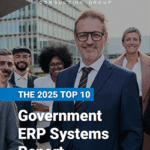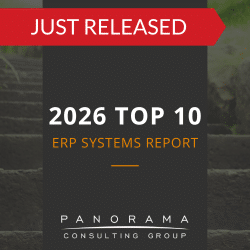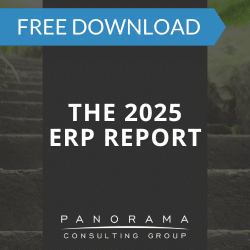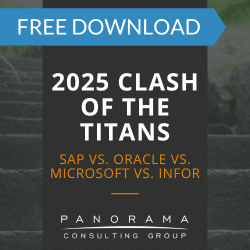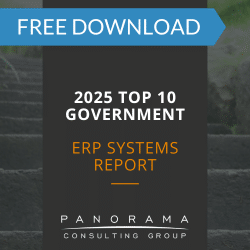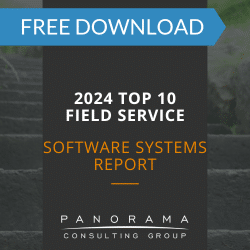Are you looking for ways to obliterate any return from your ERP system, confuse your employees and/or compromise your organizational health overall? Then you’re in the right place! We’ve collected the top ways to do just that! Keep reading for our tips on how to systematically — and permanently — derail ERP software usage at your organization. Trust us, once you get actualize these action steps, your organization will never be the same (and your fancy new ERP system will be about as worthwhile as a dot matrix printer)!
1. Delete every single organizational change management item from the budget except for training. If you’ve told your employees about the ERP project once or even twice, then you’ve already communicated enough! Zip the lip — nobody cares.
2. Use the canned training that the ERP vendors provide. After all, who knows the software better than the vendors? Sure, it might not be customized to your company but if your employees can’t figure out what “widget” really means, then you should just give up now.
3. Be vague about accountability. It doesn’t really matter who’s using the system or how they’re using it or whether or not they’re following processes, so definitely don’t put anybody in charge of that or provide any oversight. It’s a waste of time and money.
4. Stay neutral about workarounds! If your employee is getting the job done, who cares if he or she is using Excel or a notebook on the shop floor or a stick in a cave. Don’t create problems where there are none; just let your employees use whatever they feel comfortable with and everything will be just fine.
5. Don’t abandon your legacy system. Everyone worked hard on that baby, don’t throw her out with the bath water. Keep her going and encourage dual usage so that the organization is able to enjoy the best of both worlds.
Read and commit these five steps to heart, but don’t bother telling anyone else on the team — or in the company for that matter — that this is the strategy you’ve decided on. They’ve got enough on their plates. Just keep your mouth shut, your head down and your office door closed and the storm of this ERP implementation will pass you by. And if you’d like to further guarantee an ERP failure, be sure not to download our free e-book, An Expert’s Guide to ERP Success.


